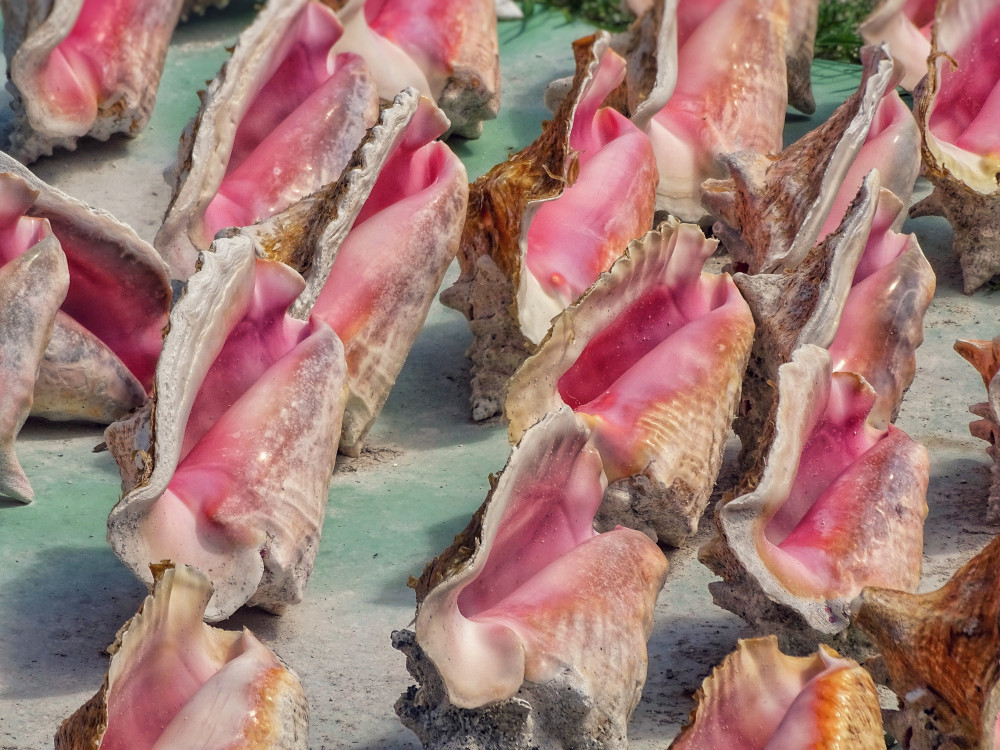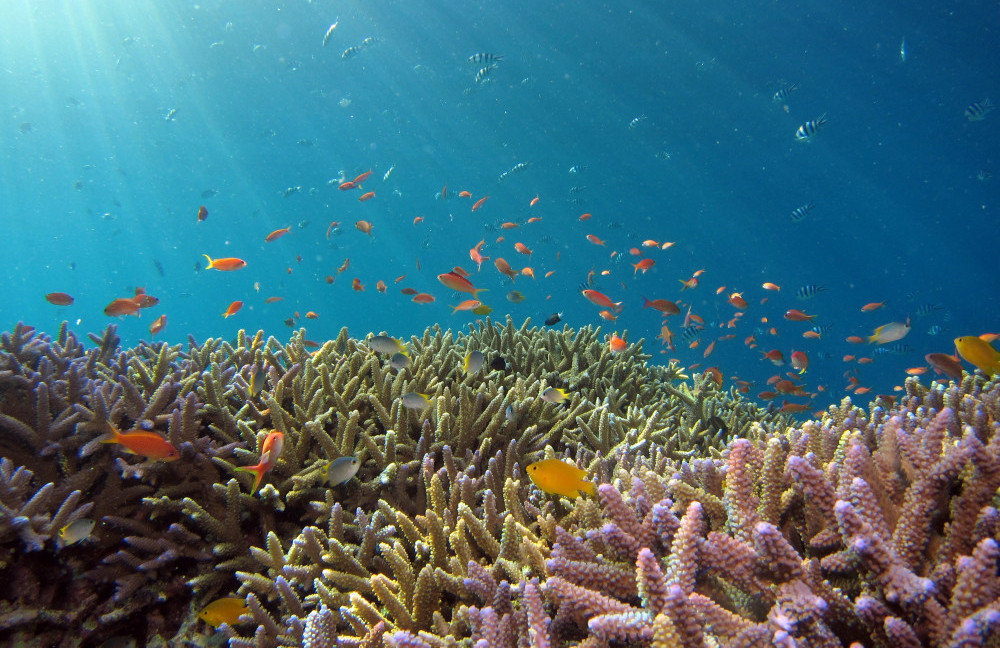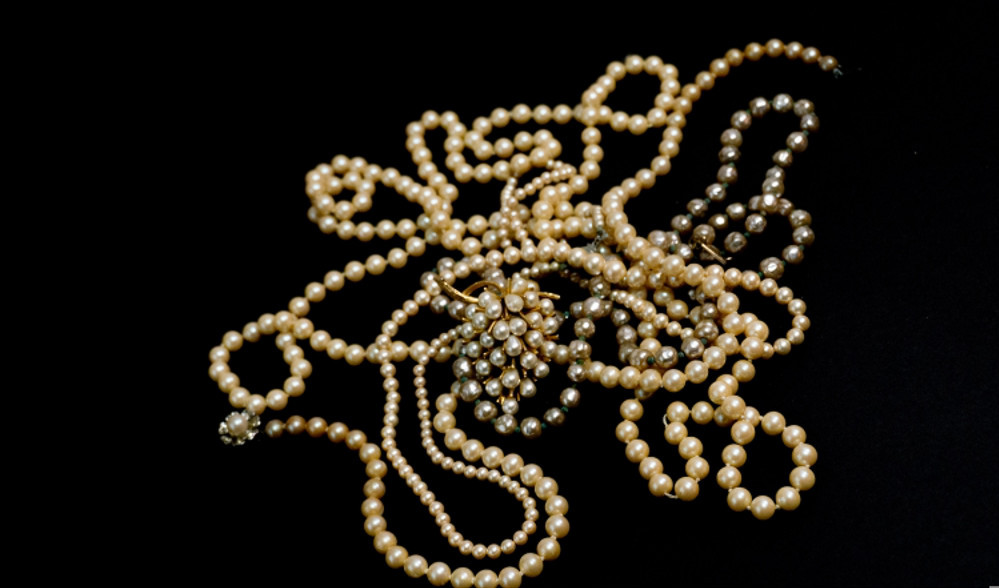“Caribbean Ocean Life | Where Does the Conch Shell Come From?” tells you about the conch shell and its inhabitant. How much do you know about this sea creature?
Did you know it’s a snail that doesn’t exist on land? The conch is actually a mollusk. It’s the same species as the common snail we see around the garden.
It’s the inhabitant of a shell which it carries around like all others of that species. People like to collect the conch shell for its beautiful color and shape.
You may have heard of the popular Queen conch. This type is native to the Caribbean Ocean among other areas such as the Gulf of Mexico and Bermuda. There are also many other species.

Caribbean Ocean Life | Inside the Conch Shell
The conch shell is more than just a beautiful collector’s item. It houses the conch, another sought after specimen. But, for an entirely different reason. It’s a favorite seafood among many natives from Caribbean islands.
Tourists from all over the world are drawn to this shell and its namesake inhabitant. Additionally, other countries import it for restaurants, hotels, and wherever seafood is popular.
Unfortunately, this attraction has resulted in the near extinction of the conch. As a result, it’s now being protected from over harvesting from fishermen and others.
A soft living mollusk lives inside the shell. And, it crawls along the ocean bed with its tubular feet while searching for food such as seaweed and algae. The eyes are located on these feet.
The conch has the advantage of pulling into its shell to protect itself against predators.
Furthermore, these creatures are male and female and mate by making contact with each other. You may be surprised to know the females are larger than the males.
When the spawns hatch, they drift along until they lodge beneath the sand. Subsequently, they stay buried until they form the hardened shell they’re famous for.
So, which came first, the snail or the shell? The answer is obvious from the information given here.
How Does a Conch Shell Grow? | Growth and Reproduction.
So, how exactly does a conch shell grow? Interestingly, it grows as the snail inside grows but stops growing after a certain point. It also depends on the availability of food and the surrounding environment.
However, the shell will continue to get thicker even after it has reached its full growth potential. And, you can identify the maturity of the conch by the size. For example, a juvenile would be smaller than an adult.
The Queen conch can grow up to 12 inches and weighs up to 5 pounds. That’s a fairly large shell. It also has a long life with the potential for up to 30 years.
Best of luck, though, as finders are keepers! Obviously, conchs don’t always grow to full maturity. But it would be best if they’re allowed to reproduce as this would help to preserve the population.
Female conch can lay up to 75,000 eggs! And, they hatch within a few days afterwards. However, not all of these eggs will survive. It’s common for other creatures to eat them before they bury themselves underneath the sand.
This is where they will transform to the other stage of life. And, the cycle continues. Thereafter, they face the chance of survival or being harvested.
Trouble In the Water | Ocean Predators
Just about everything in the ocean is a predator. On the other hand, they are subject to being destroyed by a predator. And, the conch has its fair share. Some of these are other snails, fish, and humans of course.
It lives mainly in shallow water where humans have easy access to them. And, they’re usually in plain sight. Furthermore, fishermen are on the hunt for them wherever they are.
As mentioned before, they are well sought after. Hence, this is a lucrative business for fishermen and subsequently others with commercial interest.
So, what is the best defense the conch has to protect itself? There isn’t much they can do. But that’s the cycle of life. And we continue to enjoy its meat and irresistible shell.
Therefore, it’s important to have laws in place that will prevent them from being completely eradicated.
The Ocean Calls | Music to Your Ears
The conch is known for the sound you hear when you put it close to your ear. Some claim that it’s the sound of the ocean. But, is it really? People like to listen to it and imagine that’s what they’re hearing.
In addition to listening to the conch shell, they are also used to make instruments. The result is astounding as it sounds similar to a wind instrument. As a result some bands include the conch in their performances.
Sometimes they attach a mouthpiece to the apex when they use it as an instrument. However, that’s not necessary as it works just as well with a hole cut into the apex.
In addition, some cultures use the conch in their religious ceremonies and general practices. For example, it’s popular in the Hindu tradition.
Similarly, other cultures recognize it as a national symbol and blow it for certain festivities.
Did You Know? | More Facts
Here are some more interesting facts about the conch:
- The conch shell is extremely hard. As a result, it’s used in construction.
- Some people will use broken up pieces on top of their outside walls as a security measure.
- It makes adorable ornaments such as jewelry and decorations for pottery.
- Some cultures have used it as money.
- Individuals will even collect a piece of conch shell as a souvenir.
- And, it can be blown as a trumpet to signal the start of an event.
- The Queen conch produces pearl on rare occasions. They come in a variety of colors. Pink is the most recognized.
- The conch is eaten raw or cooked.
- And is used in salads, soups, stews, curries, fritters, stir-fry and many other dishes. You can be as creative as you like.
- The United States is the largest international importers of conch.

Caribbean Ocean Life | The Sea Snail’s Journey
The growth of the conch may be at a snail’s pace. But it can populate sections of the ocean if left alone for a very long time.
Some types of conchs, especially the Queen conch, are in danger of being extinct. However, government bodies have put measures in place to protect them.
These measures will help to prevent over harvesting. Therefore, everyone will benefit in the long run. However, we must see the importance of having these restrictions in place.
Individuals and organizations tend to get blind sided. So, their main focus is on the profitability side of things or selfish indulgence. But these things can lead to a major loss and destruction all around.
As a result, we must be more conscientious and aware of the havoc we cause on the environment. This applies to all elements of life not just in the ocean.
If you find “Caribbean Ocean Life | Where Does the Conch Shell Come From?” useful, please let me hear from you. Feel free to leave your questions and comments below.
Veron Lee Campbell | Entrepreneur | The Way 4WordEnterprises